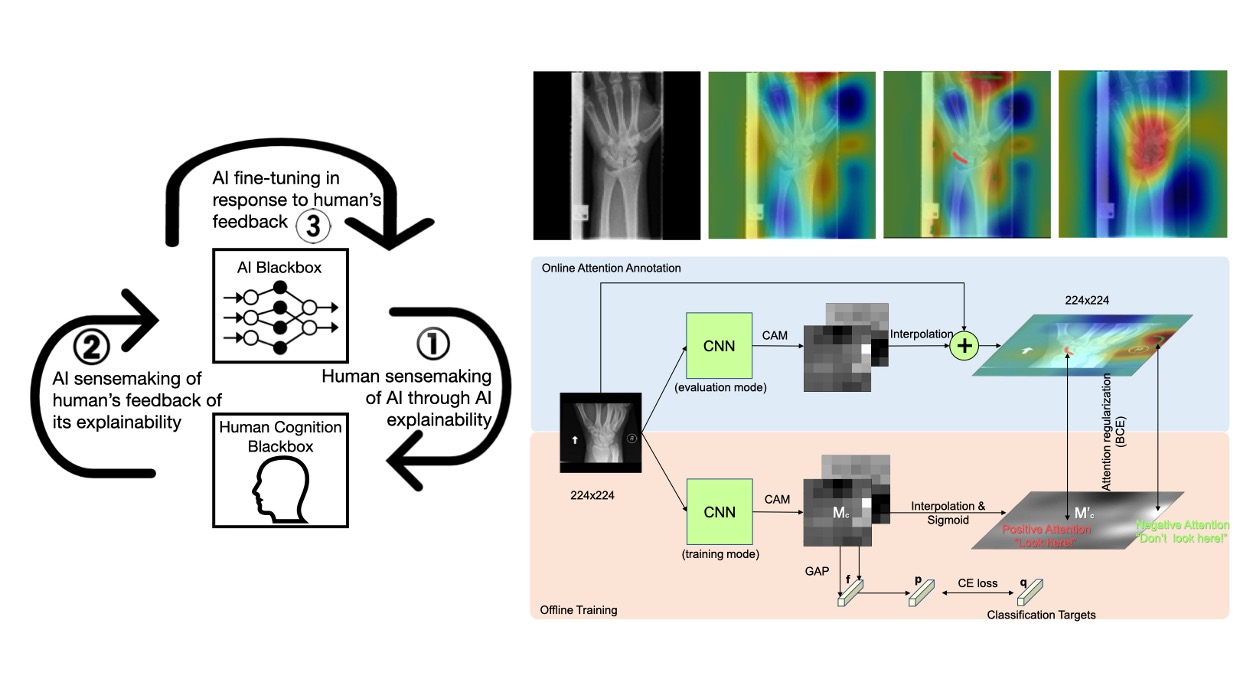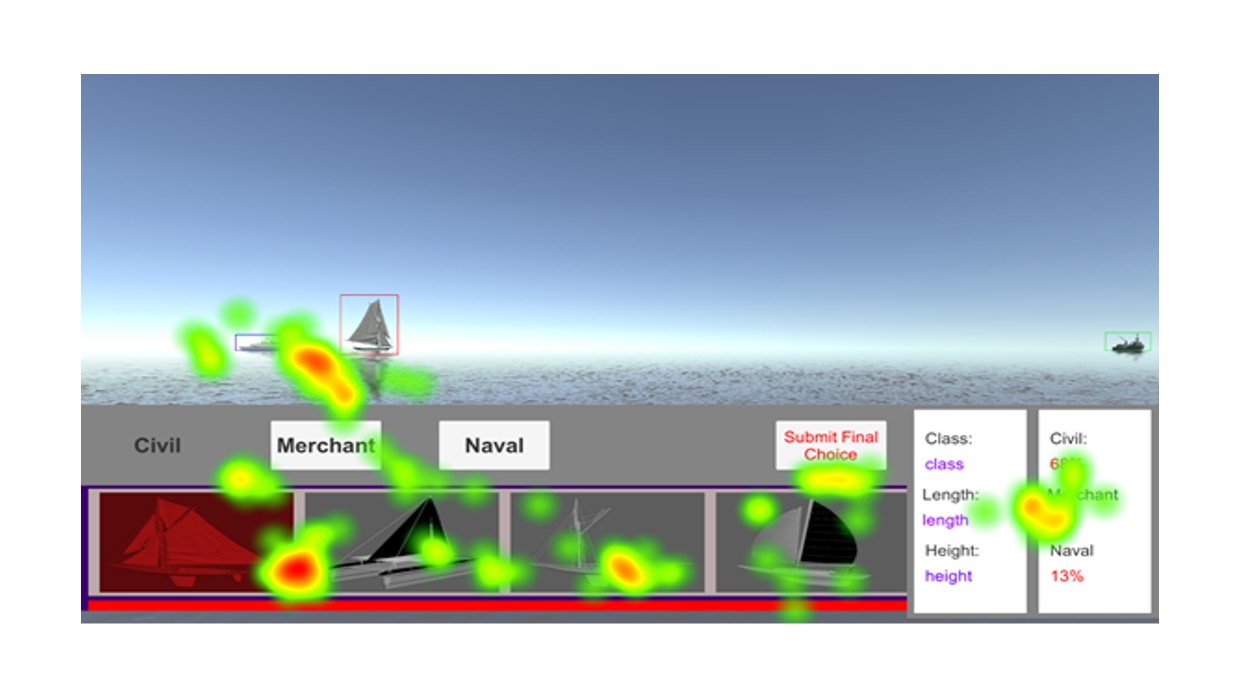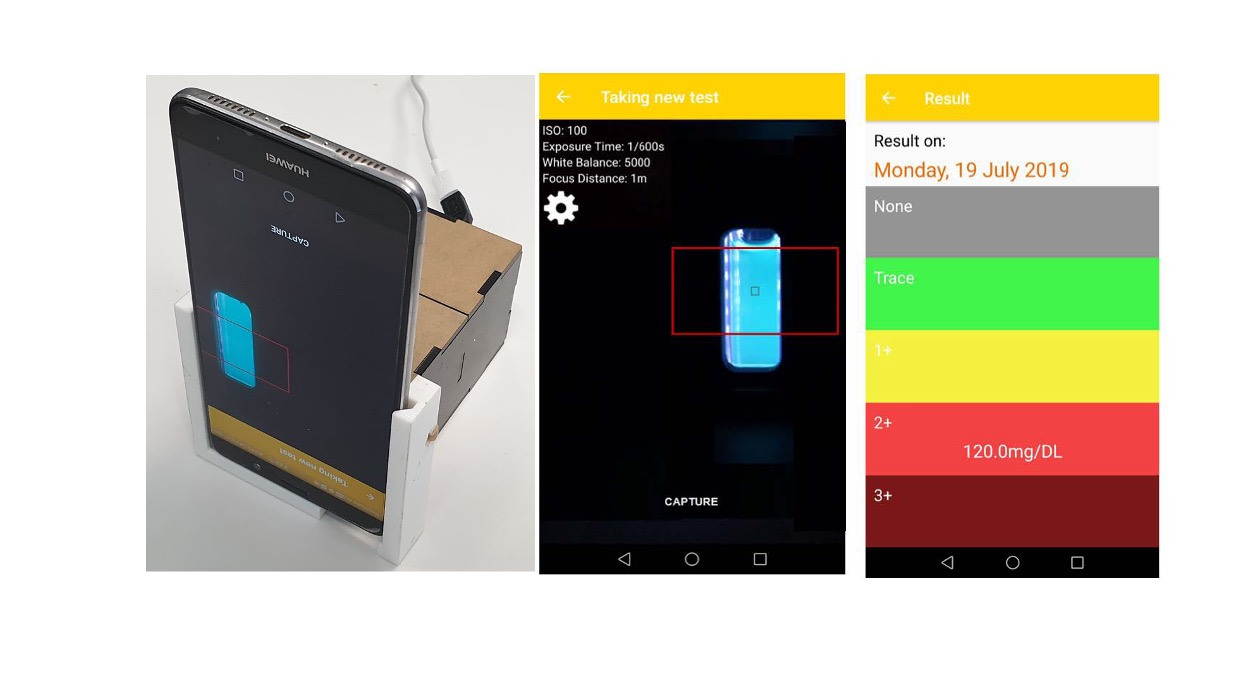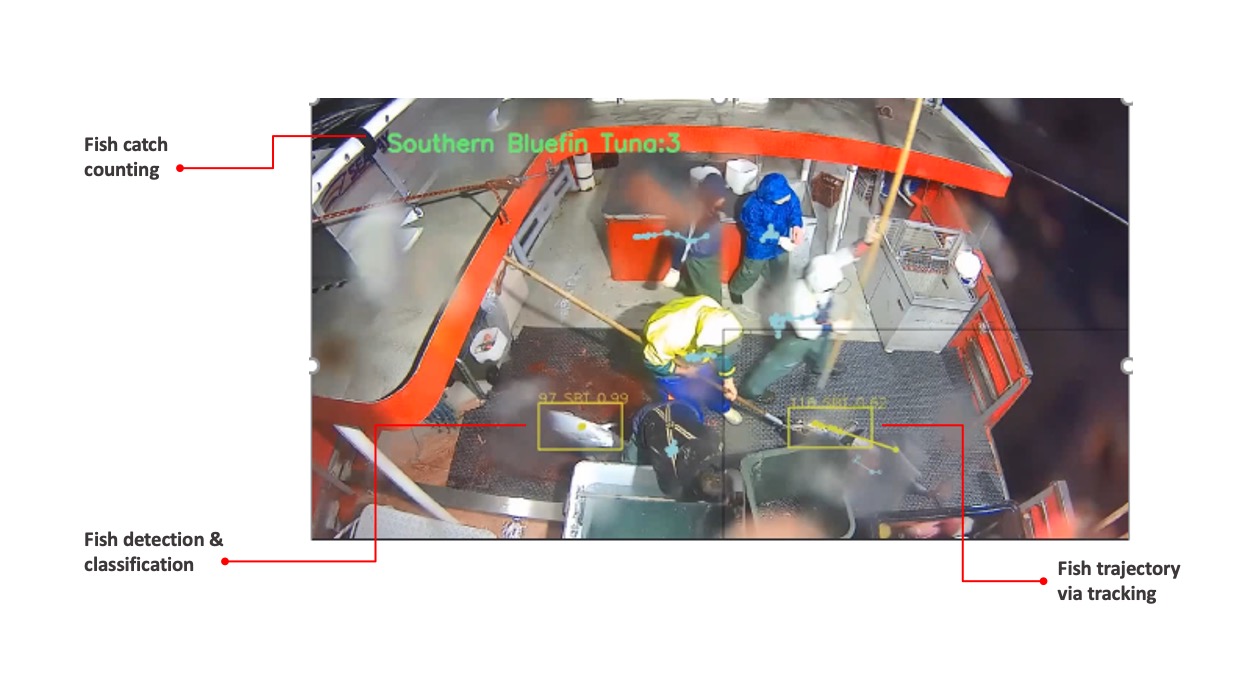Our research is uniquely positioned at the intersection of human, artificial intelligence (AI), and software with an aim to support a wide range of industrial applications. AI and software are the two technological pillars underpinning the applications we design and develop to solve real-world problems, while human is placed at the centre of all technologies. Our research is especially focused on 'interaction': human-AI interaction, human-software interaction, and the integration of AI with software. In human-centred AI especially that using learning-based techologies, human partners with AI for interactive sensemaking, which includes both human sensemaking of AI's automation through task-specific and context-aware AI explainability and AI sensemaking of human's expertise through human-in-the-loop interaction. In human-centred software engineering (SE), we are concerned about three areas: (a) user-centred software design, modelling and testing, (b) user interface, interaction design, and use experience, and (c) human aspects of software processes. In addition to the development of innovative human-centred intelligent learning and software technologies and their industrial applications such as in defence, health, and environmental sustainability, we are also interested in the potential impacts of these technologies on humans such as user experience and task performance in real-world applications.
Recent News
15 Nov 2023
Article on Predictive Continuous Integration accepted by the flagship IEEE Transactions on Software Engineering (TSE)

The paper with the title of "The Why, When, What and How about Predictive Continuous Integration: A Simulation-Based Investigation" investigates predictive CI from a process perspective, including why and when to adopt predictors, what predictors to be used, and how to practice predictive CI in real projects, which would assist developers in making informed decisions through a novel approach that harnesses Software Process Simulation to simulate a predictive CI process using a Discrete-Event Simulation (DES) model to conduct simulation-based experiments for the investigation. Simulation-based evaluation can discover missing points that are easily overlooked or even misunderstood in existing research with an affordable effort. There is no doubt that predictive CI helps to save time and resources. However, improvement in prediction performance has limited benefits in increasing cost savings. The main value of improving prediction performance lies in providing more accurate feedback quickly to developers, rather than saving more cost. Quick feedback is the biggest advantage of predictive CI compared to random skipping or other similar strategies, and this advantage aligns with the goal of CI. Read the paper here.
30 Aug 2023
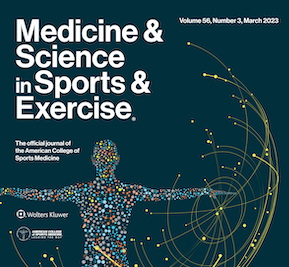
The paper with the title of "Hamstring strain injury risk factors in Australian Football change over the course of the season" determines which factors were most predictive of hamstring strain injury (HSI) during different stages of the competition in professional Australian Football using machine learning methods. Across two competitive seasons, eccentric knee flexor strength and BFlh architecture of 311 Australian Football players (455 player seasons) were assessed at the start and end of pre-season and in the middle of the competitive season. Details of any prospective HSIs were collated by medical staff of participating teams. Results reveal that risk factors associated with prospective HSIs were different across the season, with non-modifiable factors (prior HSI, age, and height) mostly associated with pre-season injuries, early in-season HSIs were associated with modifiable factors, notably BFlh architectural measures, and the prediction of in-season HSIs was not improved by assessing the magnitude of change in data across pre-season. You can find the paper from here.



